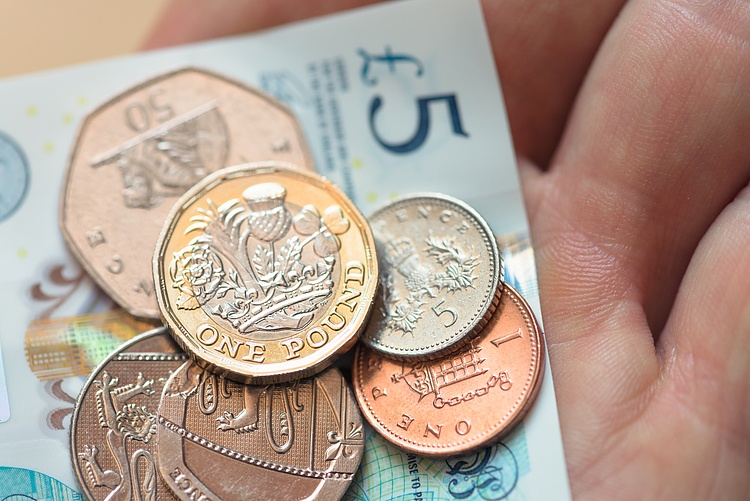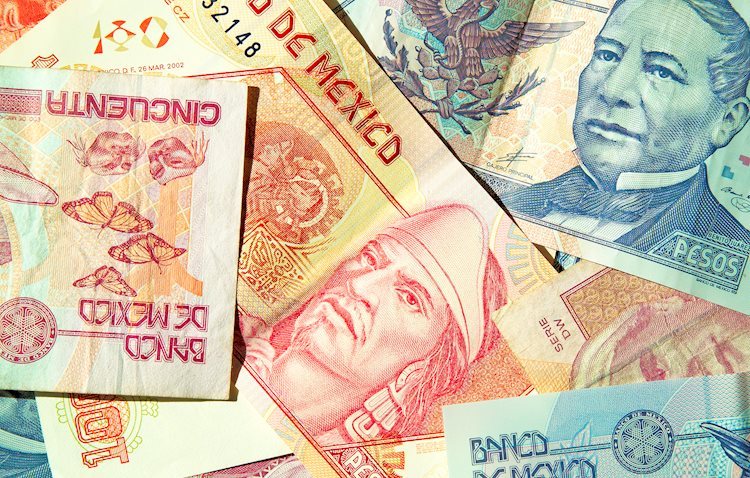The UK Manufacturing PMI signaled expansion in March for the first time in two years.
Investors see the BoE kick-start the rate-cut cycle in June.
The Pound Sterling (GBP) struggles to extend recovery above 1.2580 in Wednesday’s London session. Caution among market participants ahead of the United States Nonfarm Payrolls (NFP) data for March has offset the positive impact of the United Kingdom (UK) Manufacturing PMI’s return to growth.
The UK Manufacturing PMI surprisingly expanded in March after contracting for 20 months, driven by upbeat domestic demand for consumer goods. S&P Global/CIPS reported that business optimism rose to its highest level since April 2023, with 58% of manufacturers expecting their level of production to increase over the coming 12 months. The agency added: “Improved sentiment reflected signs of stronger demand, new product launches, a better trading environment, export opportunities and hopes the cost and supply situations would move closer to normal conditions.”
This week, the GBP/USD pair will be influenced by the US labor market data and market expectations about when the Bank of England (BoE) will start reducing interest rates. Currently, investors’ expectations for rate cuts have been brought forward to the June policy meeting from prior anticipation for August after UK inflation softened more than expected in February.
The Pound Sterling ranges slightly below 1.2600 against the US Dollar (USD) ahead of key events. Investors shift focus to the speech from Federal Reserve Chairman Jerome Powell, which is expected at 16:10 GMT, and the United States NFP data, which will be published on Friday.
The speech from Fed Powell could provide more cues about when the central bank will start reducing interest rates. Currently, investors expect that the Fed will start reducing borrowing costs from the June meeting. The US Dollar Index (DXY) retreats from a fresh four-month high of 105.10. In today’s session, investors will focus on the ISM Services PMI and the ADP Employment Change data for March.
On Tuesday, the upbeat S&P Global/CIPS Manufacturing PMI for March supported a rebound for the Pound Sterling. The agency reported that the Manufacturing PMI returned to expansion after contracting for 20 straight months. The Manufacturing PMI rose to 50.3, above the 50.0 threshold, beating expectations and the prior reading of 49.9.
Apart from the strong recovery in the Manufacturing PMI, British house prices rose 1.6% in March, the highest pace since December 2022. The activity in the housing sector has picked up despite the Bank of England maintaining interest rates at higher levels.
A strong recovery in the manufacturing and real estate sectors suggests that the recession in the second half of 2023 was likely shallow and that the economy has returned to growth. In such a case, the BoE could achieve a so-called “soft landing” – a situation when an economy gets inflation under control without triggering a recession.
Going forward, investors will focus on the S&P Global/CIPS Services PMI final data for March, which will be published on Thursday. The Services PMI is forecasted to have remained unchanged from its preliminary reading of 53.4.
The Pound Sterling faces selling pressure while testing the breakout of last week’s consolidation formed in a range between 1.2575 and 1.2668. The Cable struggles to sustain above the 200-day Exponential Moving Average (EMA), which trades around 1.2570.
On a broader time frame, the horizontal support from December 8 low at 1.2500 would provide further cushion to the Pound Sterling. Meanwhile, the upside is expected to remain limited near an eight-month high of around 1.2900.
The 14-period Relative Strength Index (RSI) dips below 40.00. If it sustains below this level, bearish momentum will trigger.
The Pound Sterling (GBP) is the oldest currency in the world (886 AD) and the official currency of the United Kingdom. It is the fourth most traded unit for foreign exchange (FX) in the world, accounting for 12% of all transactions, averaging $630 billion a day, according to 2022 data. Its key trading pairs are GBP/USD, aka ‘Cable’, which accounts for 11% of FX, GBP/JPY, or the ‘Dragon’ as it is known by traders (3%), and EUR/GBP (2%). The Pound Sterling is issued by the Bank of England (BoE).
The single most important factor influencing the value of the Pound Sterling is monetary policy decided by the Bank of England. The BoE bases its decisions on whether it has achieved its primary goal of “price stability” – a steady inflation rate of around 2%. Its primary tool for achieving this is the adjustment of interest rates. When inflation is too high, the BoE will try to rein it in by raising interest rates, making it more expensive for people and businesses to access credit. This is generally positive for GBP, as higher interest rates make the UK a more attractive place for global investors to park their money. When inflation falls too low it is a sign economic growth is slowing. In this scenario, the BoE will consider lowering interest rates to cheapen credit so businesses will borrow more to invest in growth-generating projects.
Data releases gauge the health of the economy and can impact the value of the Pound Sterling. Indicators such as GDP, Manufacturing and Services PMIs, and employment can all influence the direction of the GBP. A strong economy is good for Sterling. Not only does it attract more foreign investment but it may encourage the BoE to put up interest rates, which will directly strengthen GBP. Otherwise, if economic data is weak, the Pound Sterling is likely to fall.
Another significant data release for the Pound Sterling is the Trade Balance. This indicator measures the difference between what a country earns from its exports and what it spends on imports over a given period. If a country produces highly sought-after exports, its currency will benefit purely from the extra demand created from foreign buyers seeking to purchase these goods. Therefore, a positive net Trade Balance strengthens a currency and vice versa for a negative balance.
Share:
Feed news
Information on these pages contains forward-looking statements that involve risks and uncertainties. Markets and instruments profiled on this page are for informational purposes only and should not in any way come across as a recommendation to buy or sell in these assets. You should do your own thorough research before making any investment decisions. FXStreet does not in any way guarantee that this information is free from mistakes, errors, or material misstatements. It also does not guarantee that this information is of a timely nature. Investing in Open Markets involves a great deal of risk, including the loss of all or a portion of your investment, as well as emotional distress. All risks, losses and costs associated with investing, including total loss of principal, are your responsibility. The views and opinions expressed in this article are those of the authors and do not necessarily reflect the official policy or position of FXStreet nor its advertisers. The author will not be held responsible for information that is found at the end of links posted on this page.
If not otherwise explicitly mentioned in the body of the article, at the time of writing, the author has no position in any stock mentioned in this article and no business relationship with any company mentioned. The author has not received compensation for writing this article, other than from FXStreet.
FXStreet and the author do not provide personalized recommendations. The author makes no representations as to the accuracy, completeness, or suitability of this information. FXStreet and the author will not be liable for any errors, omissions or any losses, injuries or damages arising from this information and its display or use. Errors and omissions excepted.
The author and FXStreet are not registered investment advisors and nothing in this article is intended to be investment advice.





